How to harvest romaine lettuce – and get multiple croppings from a single plant
Discover two ways of romaine lettuce harvesting, plus the ideal time to pick
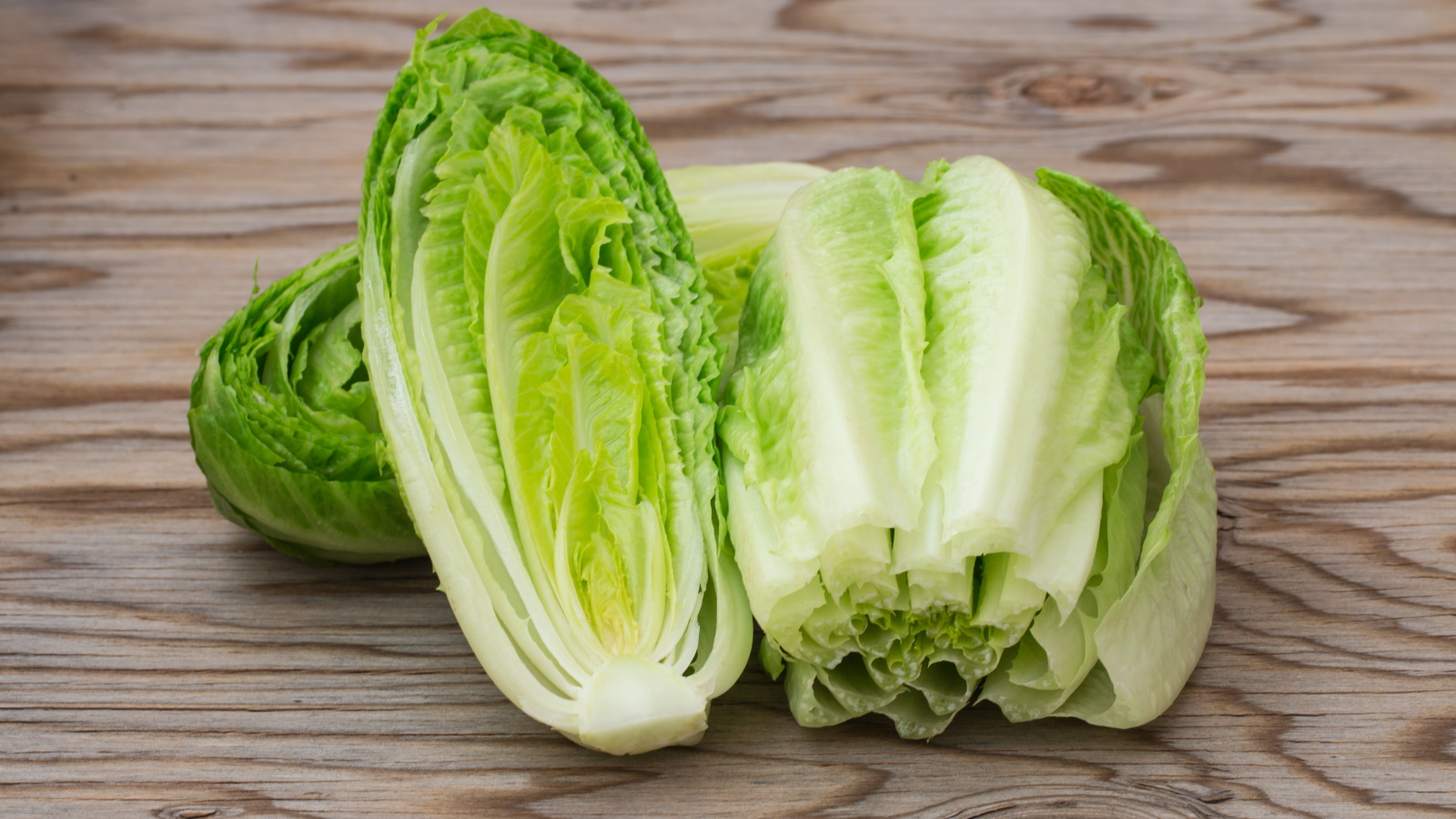

Romaine lettuce is an easy-to-grow crop that produces tall heads of dark green leaves and are very popular in a Caesar salad. Romaine is commonly seen in stores sold as whole heads, however, if you are growing this type of lettuce at home, there are other ways to harvest it.
If you grow romaine lettuce, there are ways to harvest the crop so that it keeps growing - meaning you can get multiple harvests. Whether you pick individual leaves as-and-when required or cut the entire head, the bonus is getting a second crop.
If you have ever wondered how to pick romaine lettuce, we are here to help. I have grown and harvested a lot of lettuce over the years, including romaine, and have also spoken to some expert gardeners to deep-dive into harvesting romaine lettuce like a pro.
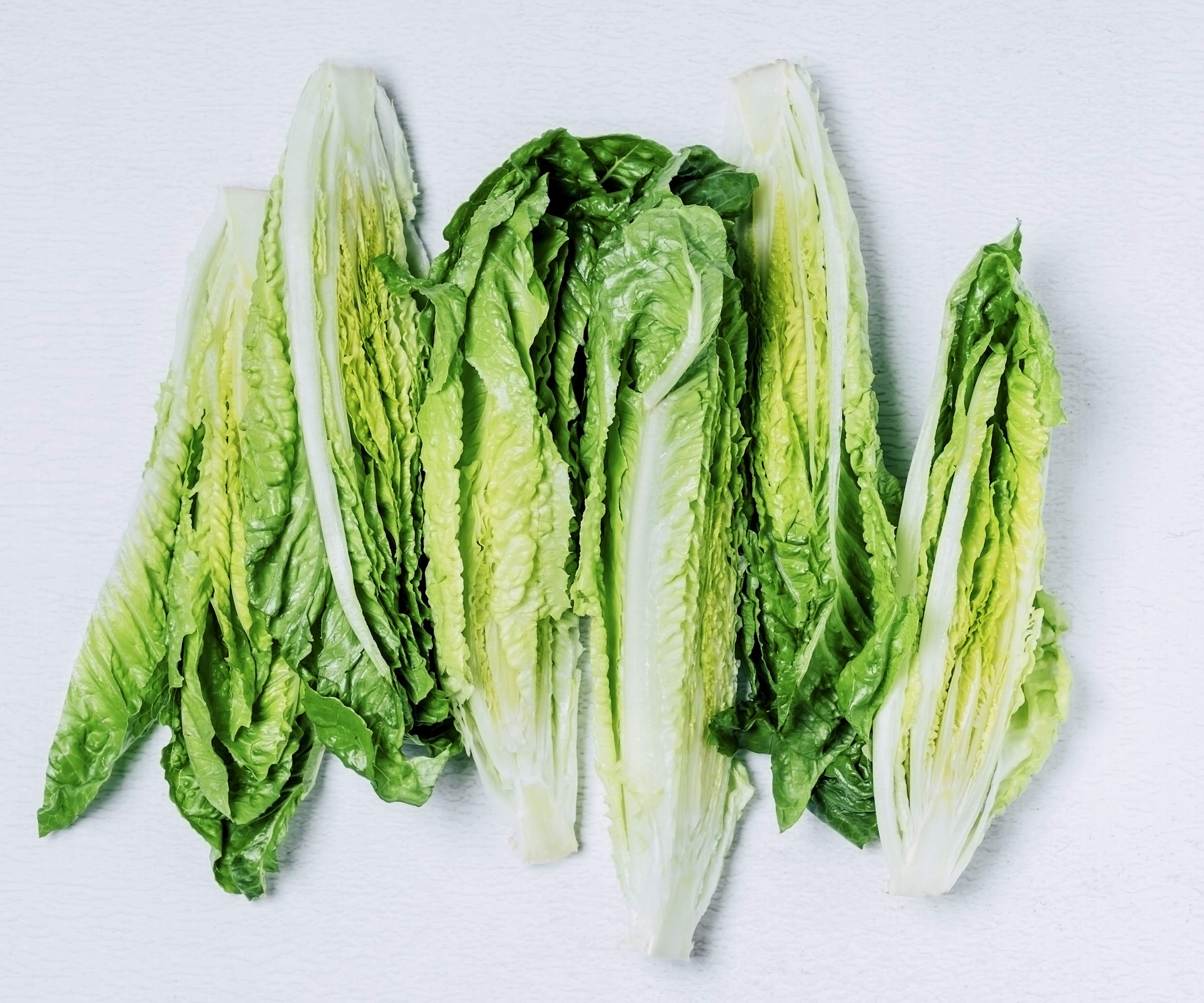
Harvest romaine lettuce for large elongated leaves with a sweet flavor
Romaine lettuce harvesting: The essentials
To help you get the best and biggest harvest possible, let's look at when and how to harvest romaine lettuce in a backyard kitchen garden or vegetable container garden.
When to harvest romaine lettuce
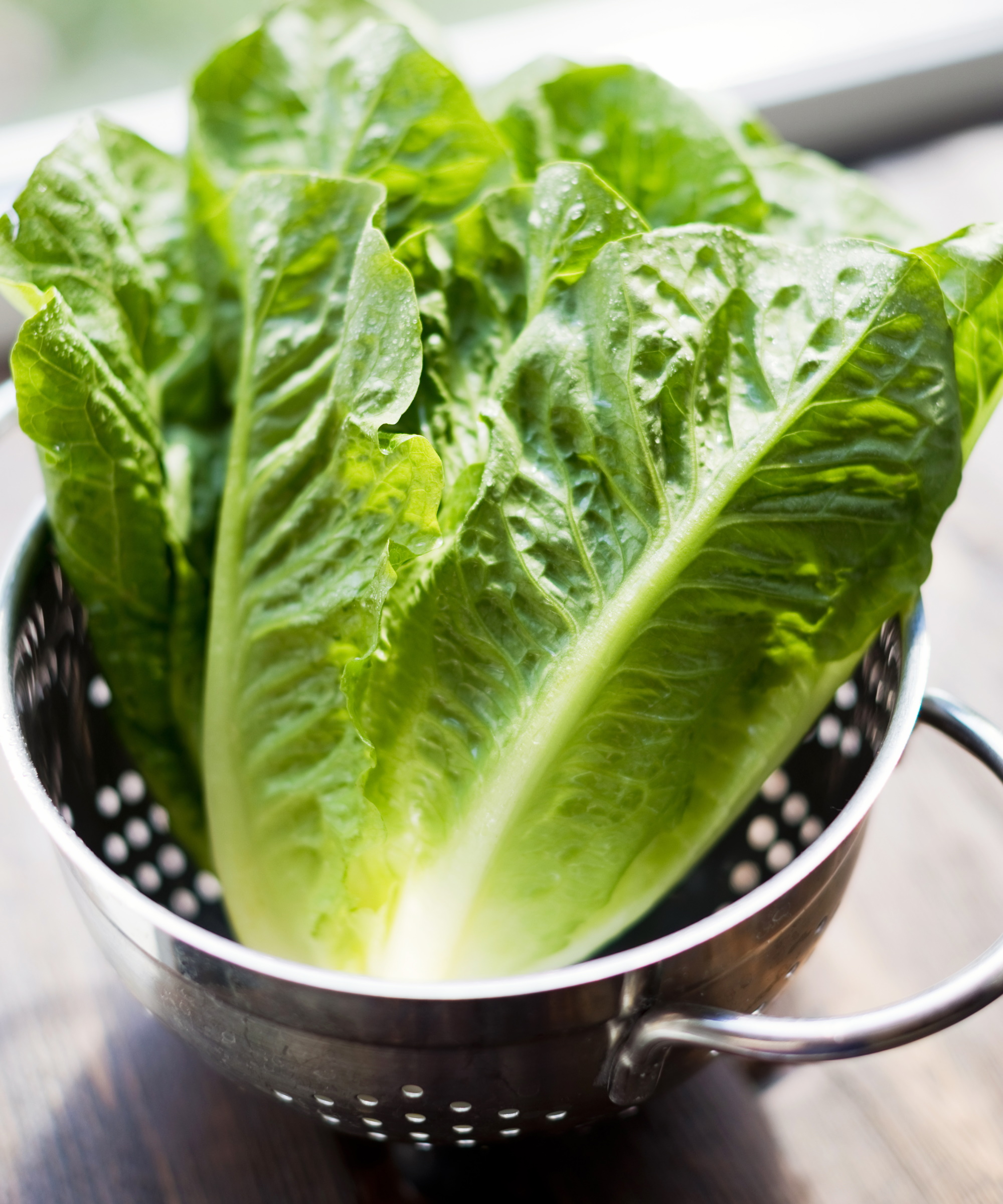
Harvested romaine lettuce can be eaten raw or grilled, roasted, and stir-fried
Romaine lettuce is a crop that can provide a harvest throughout the year. Young plants are commonly available to buy in spring to plant the vegetable directly into the yard, or you can grow the crop from seeds indoors or outdoors in spring.
A sowing in spring will provide harvests in summer, while a second sowing in late summer will provide a harvest in fall. Romaine lettuce is a fantastic crop for succession planting to have a long cropping period.
The first port of call to check when romaine lettuce is ready to harvest is to look at the seed packet. It should have a specific schedule for harvesting and an overall idea of the expected days to maturity. However, any timeline will alter depending on when the crop was planted or sown and the weather conditions throughout the season.
Rebecca Sears, resident green thumb at Ferry-Morse, claims that romaine lettuce is ready to harvest ‘around 65 days after planting’. She adds that the leaves want to be ‘dark green and 6-12 inches tall’ when it is the ideal time to harvest. The head of a romaine lettuce will be open and loose, they do not form a tight head like an iceberg lettuce.
Romaine lettuce leaves can also be picked as baby crops as soon as they hit a usable size. If you opt to pick baby leaves, do so sparingly so as to not prevent the lettuce from developing to full size.

As CMO and resident green thumb for the Green Garden family of brands, Rebecca Sears nurtures the company's heritage but also looks to develop new products and solutions to help gardeners of all skill levels fuel their passion and become more successful in the garden. Rebecca has been gardening from coast to coast, first realizing her passion while living in Portland, Oregon, inspired by the public gardens throughout the city.
How to harvest romaine lettuce
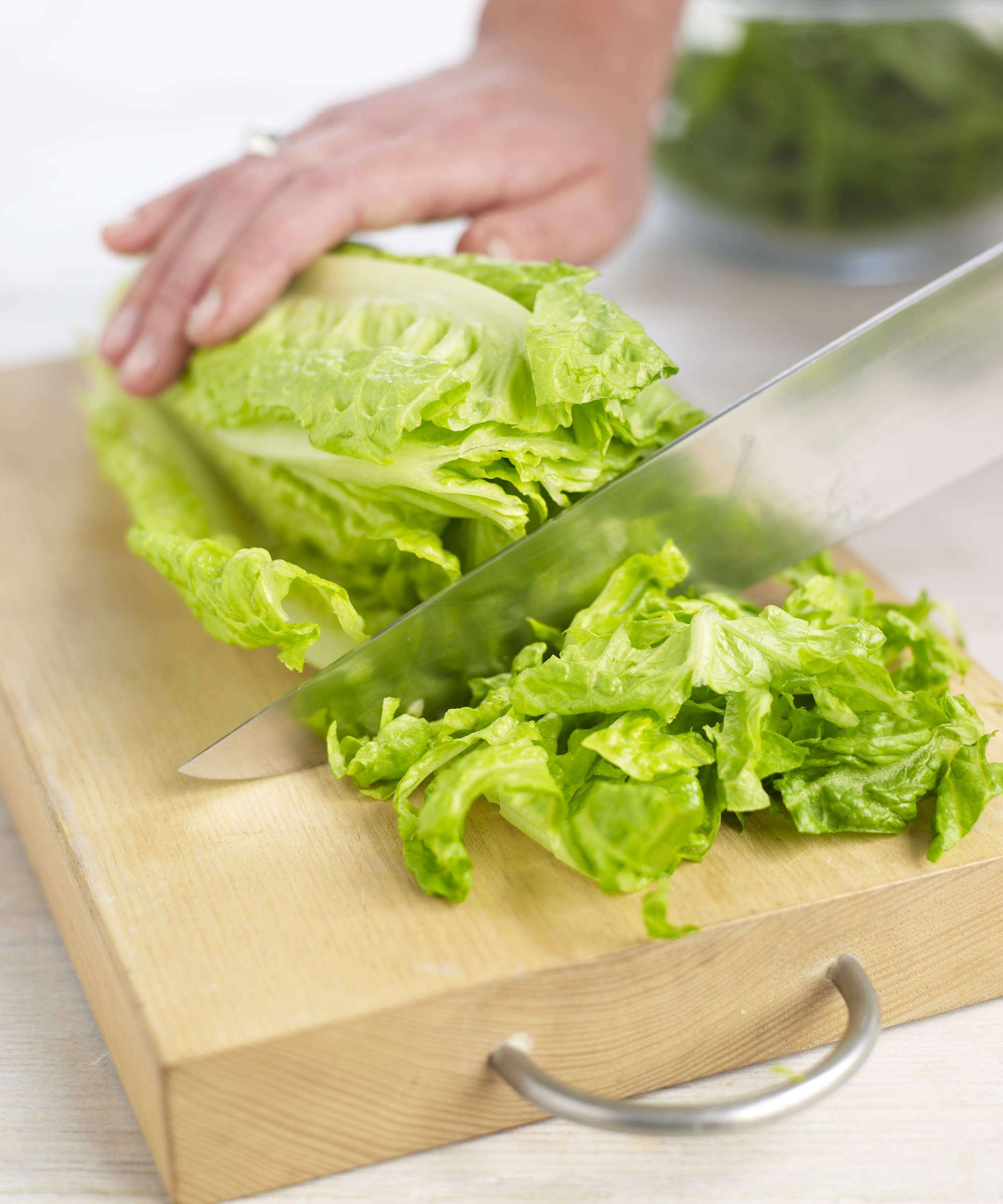
Harvest romaine lettuce when the leaves are 6-12 inches tall
There are two ways you can harvest romaine lettuce so it keeps growing. The main difference between them is how long you have to wait to get another harvest after the first.
Whichever method you choose for your romaine lettuce harvesting, always use clean and sharp garden tools to make clean cuts and reduce the chance of diseases.
‘The best way to harvest romaine lettuce is a cut-as-you-go method,’ says Kate Russell, author of Stop Wasting Your Yard and owner of The Daily Garden gardening blog. ‘This means cutting off outer leaves with a clean, sharp knife or scissors, only taking what you need. This allows your romaine to maximize production over a longer period of time.’
If you pick the older and outer leaves little and often the inner leaves continue to grow and it allows you to harvest lettuce every week. Remove each leaf with a sharp knife, or by pinching between the fingers at the base, rather than pulling at the leaf. This is a harvesting mistake that risks pulling the whole lettuce head out of the soil.
The other method is to cut the entire head at the base. Using a sharp knife, pruning shears, or scissors, cut the head 1-2 inches from the base. Leave the base of the plant in the soil and it will start resprouting again. You can get a second, albeit smaller, harvest of leaves in 50-60 days.

Kate Russell helps others make the most of a landscape by incorporating delicious, attractive edible plants. She is the author of 'Stop Wasting Your Yard!', available at Amazon.
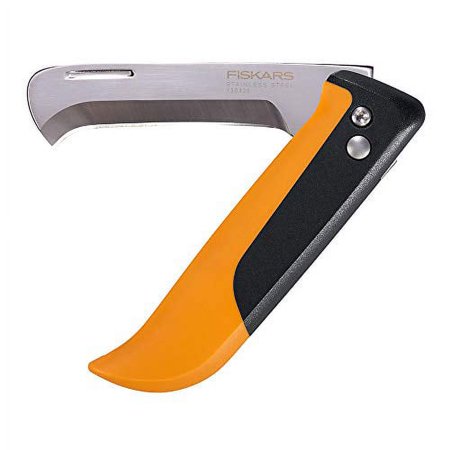
A folding harvesting knife that is ideal for making clean, precise cuts. It has a precision-ground, stainless steel blade with a curved tip and a push-button lock. The foldable, ergonomic design means it can be carried in a pocket or bag.
How to harvest romaine lettuce seeds
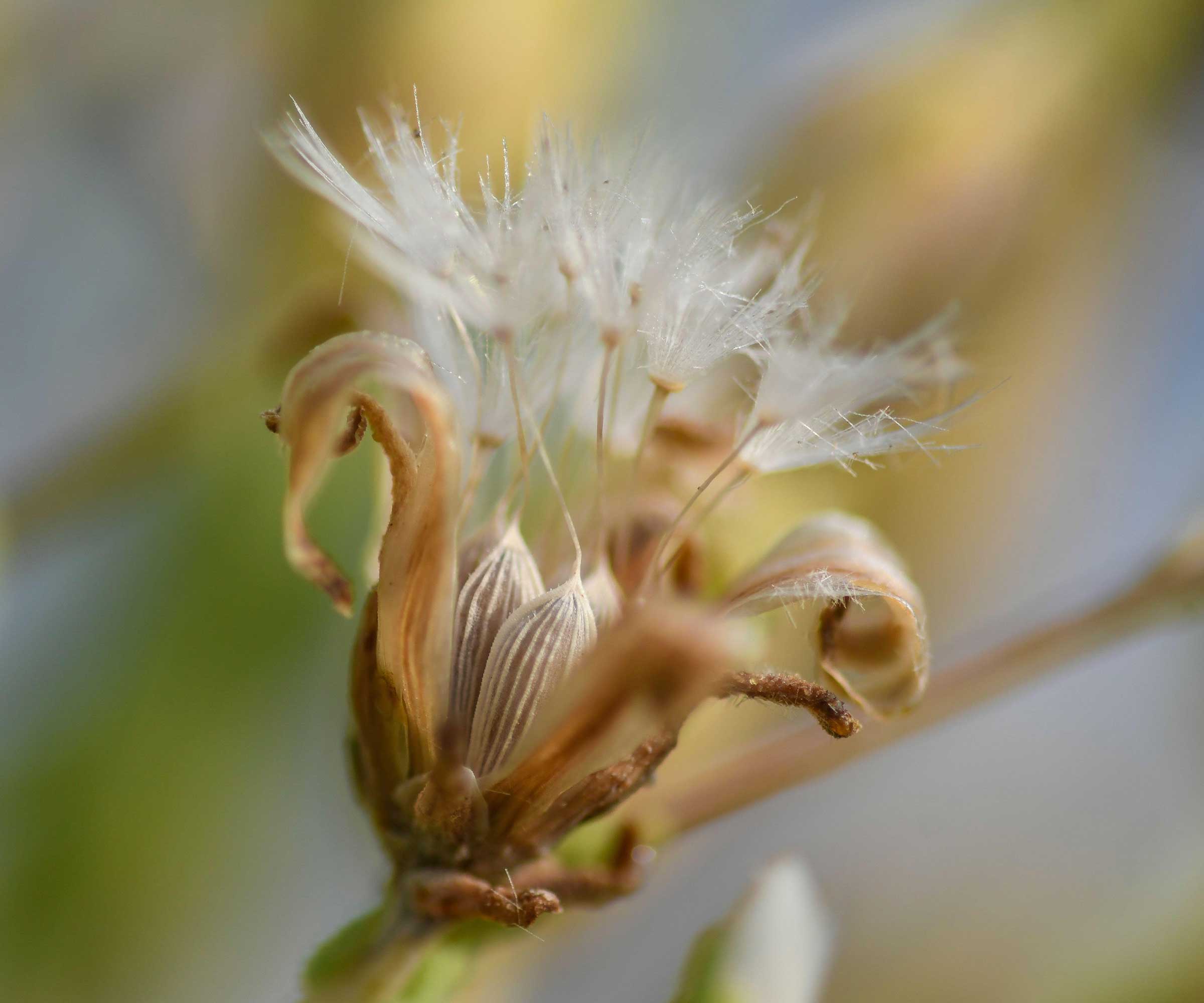
The pods that contain lettuce seeds have white fluffy heads on top of them
If you want to harvest lettuce seeds from romaine lettuce, the plant needs to bolt and form flower stalks. Romaine lettuce planted in spring may start to bolt in the heat of midsummer, however, romaine is much more tolerant of heat than many other types of lettuces.
While normal practise may be to pull up bolted lettuce and put them on the compost pile, leave the plants in the ground if you want to collect the seeds to sow again next year.
They will quickly produce a flower stalk and yellow flowers, before turning into fluffy white seed heads. Remove the free seeds from the plant into a paper bag or container and allow them to dry. Store the seeds in a dry and cool place in paper bags or glass containers.
FAQs
How do you keep romaine lettuce fresh after harvesting?
The leaves want to be washed after being harvested to remove any dirt. Following this, dry the leaves thoroughly and store them in a plastic bag, or wrapped in a paper towel, in the refrigerator crisper drawer. Romaine lettuce leaves will store for 7-10 days if kept dry.
Even if you do opt to lift the entire plant, there is still a chance to get another crop, as romaine is an ideal lettuce to regrow from scraps. Cut the leaves from the base and place that base in a container filled with water. Place the container on a windowsill and new leaves will quickly start to sprout from the base. You can get a small harvest of leaves around 10-12 days later that can be added to salads or sandwiches.
Sign up to the Homes & Gardens newsletter
Design expertise in your inbox – from inspiring decorating ideas and beautiful celebrity homes to practical gardening advice and shopping round-ups.

Drew’s passion for gardening started with growing vegetables and salad in raised beds in a small urban terrace garden. He has worked as a professional gardener in historic gardens and specialises in growing vegetables, fruit, herbs, and cut flowers as a kitchen gardener. That passion for growing extends to being an allotmenteer, garden blogger, and producing how-to gardening guides for websites. Drew was shortlisted for the New Talent of the Year award at the 2023 Garden Media Guild Awards.
-
 I've spent over 200 hours testing vacuums and swear by my two Dysons – this is how I properly clean a Dyson vacuum filter for longer-lasting appliances
I've spent over 200 hours testing vacuums and swear by my two Dysons – this is how I properly clean a Dyson vacuum filter for longer-lasting appliancesYour Dyson vacuum will last much longer and clean at its best
By Dan Fauzi Published
-
 Bethenny Frankel calls this $695 machine the 'Rolls-Royce Cullinan of coffee' – it's a must-have luxury buy for iced-coffee lovers this springtime
Bethenny Frankel calls this $695 machine the 'Rolls-Royce Cullinan of coffee' – it's a must-have luxury buy for iced-coffee lovers this springtimeThe Real Housewife swears by a luxurious machine that makes nitro cold brew, cold brew, and cold espresso at the touch of a button – here's why it's worth it
By Sophie Edwards Published